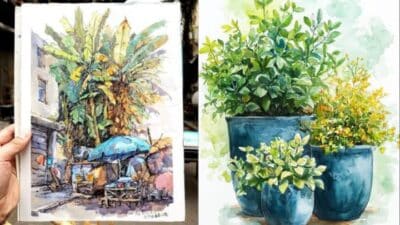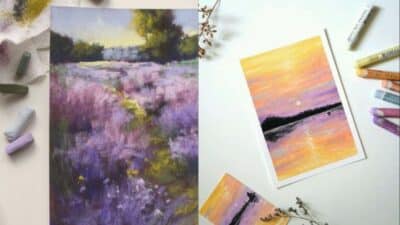Art journals are a great way for anyone to express creativity without pressure. Easy drawing ideas like simple doodles, everyday objects, or small food shapes help keep the process fun and stress-free. These simple designs can be done quickly and work well for beginners or anyone who wants to enjoy art without needing advanced skills.
People often look for quick ways to add something personal to their journals, and small drawings fit perfectly. They can include things like ice cream cones, leaves, or basic patterns that anyone can copy or adapt. This keeps the art journal interesting and helps build confidence over time.
Simple Drawing Prompts for Beginners
Easy drawing prompts can help beginners feel less stuck and more confident. Focusing on small, clear ideas makes it simpler to start and keep practicing. These prompts cover natural subjects, everyday items, and patterns that are quick to sketch and fun to explore.
Quick Nature Sketches
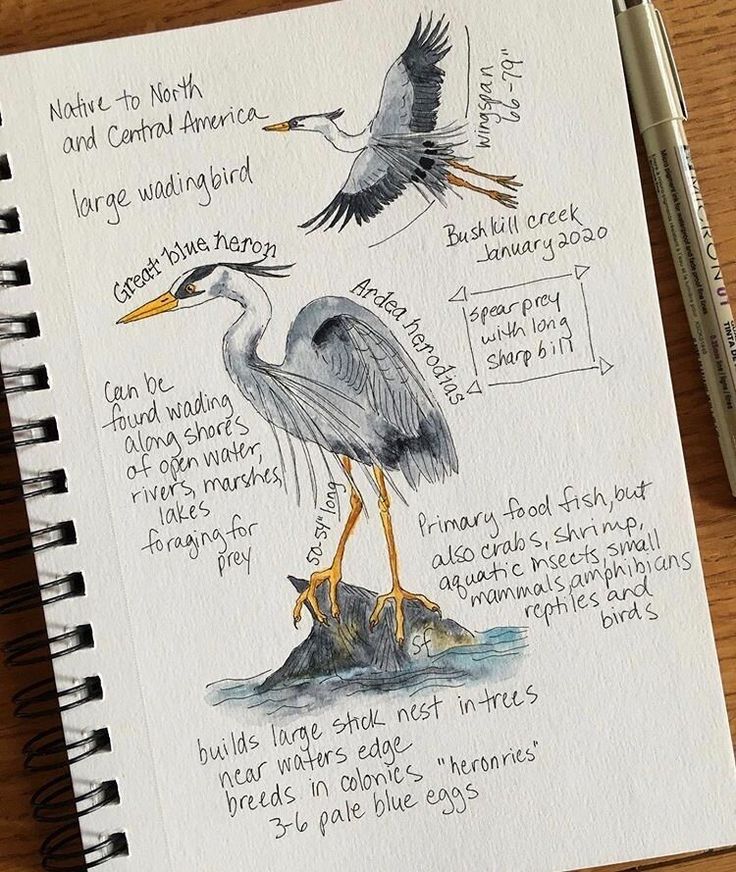
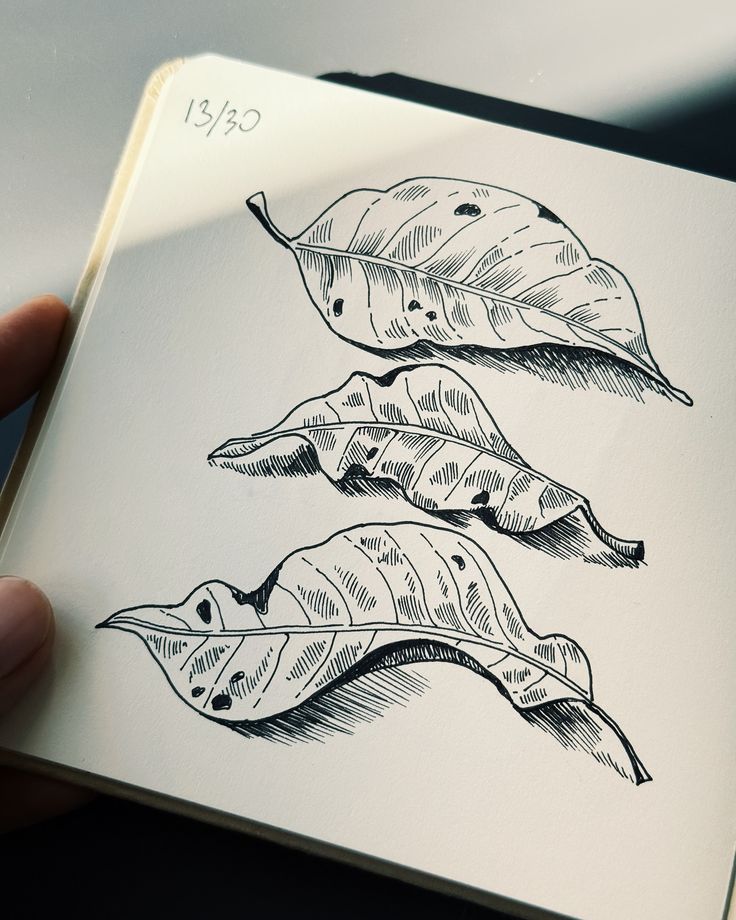
Nature offers many simple shapes to draw, like leaves, flowers, and clouds. Starting with these can help beginners get used to observing details. Using basic shapes such as circles or ovals to form petals or tree branches makes it easier to create a natural look.
For example, drawing a tulip petal by layering simple shapes breaks the process down. Sketching a few clouds with soft, rounded lines can be relaxed and fast. These quick nature sketches do not need to be perfect but should focus on capturing basic forms and textures.
Everyday Objects Made Fun
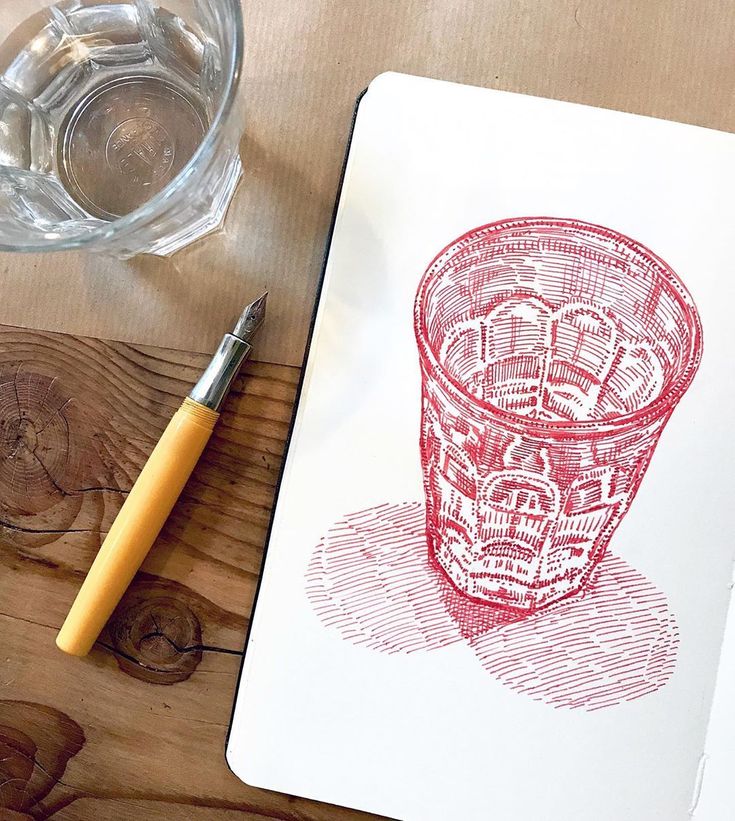
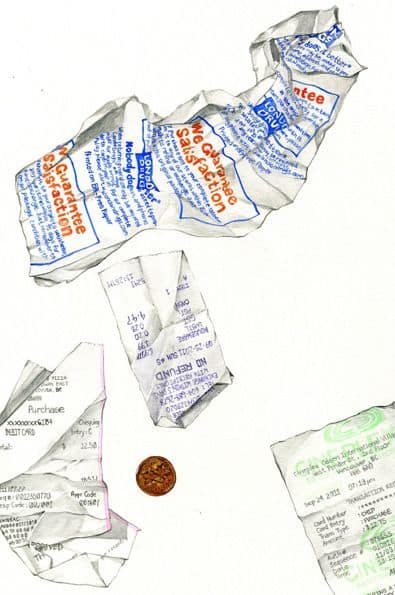
Common things like cups, keys, or shoes can become interesting drawing subjects. Beginners can practice by looking closely at these objects and breaking their forms into geometric parts, such as rectangles and circles. This method makes complex shapes manageable.
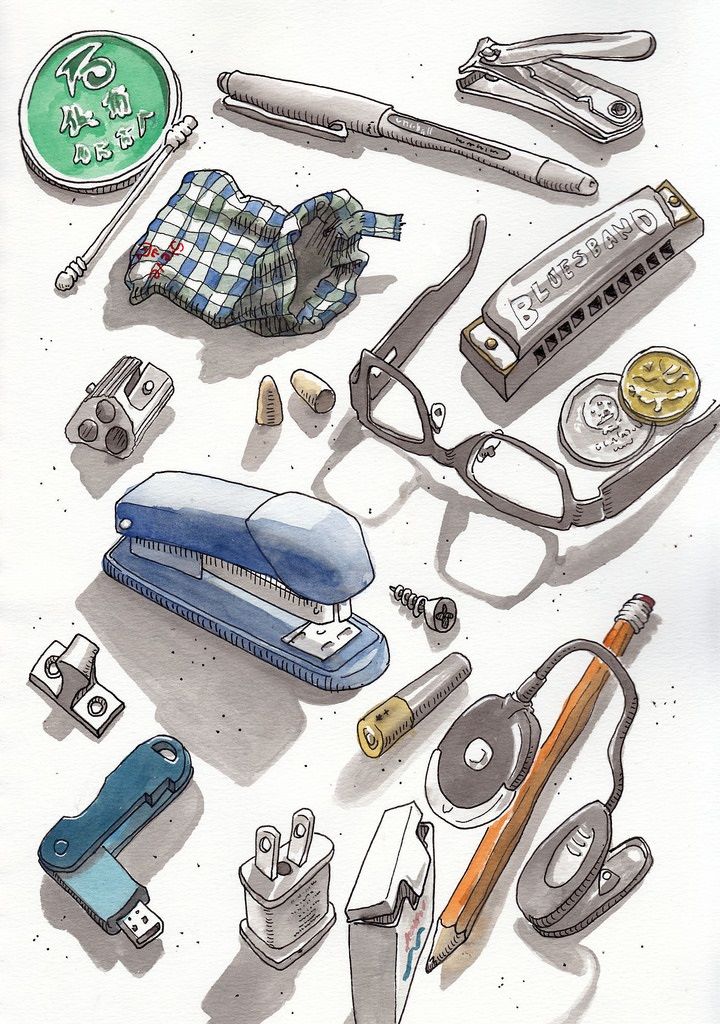
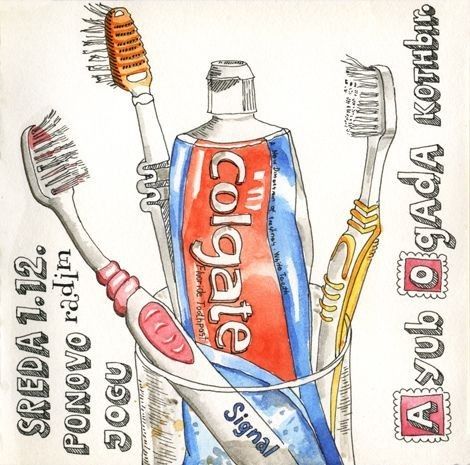
Adding small details, like the handle of a mug or the shoelace pattern, helps improve observation skills. Drawing these objects also creates useful practice for shading and perspective. They are easy to find and draw anytime, making art journaling flexible.
Easy Pattern Exploration
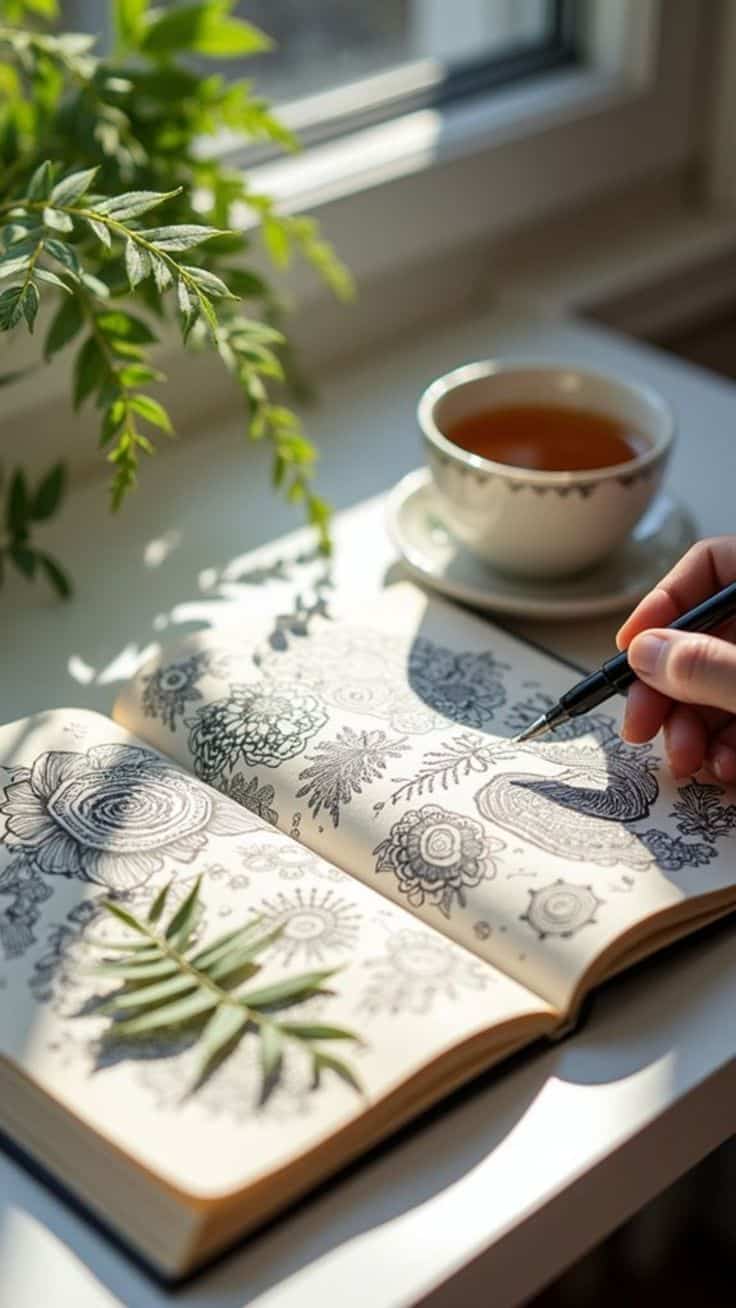
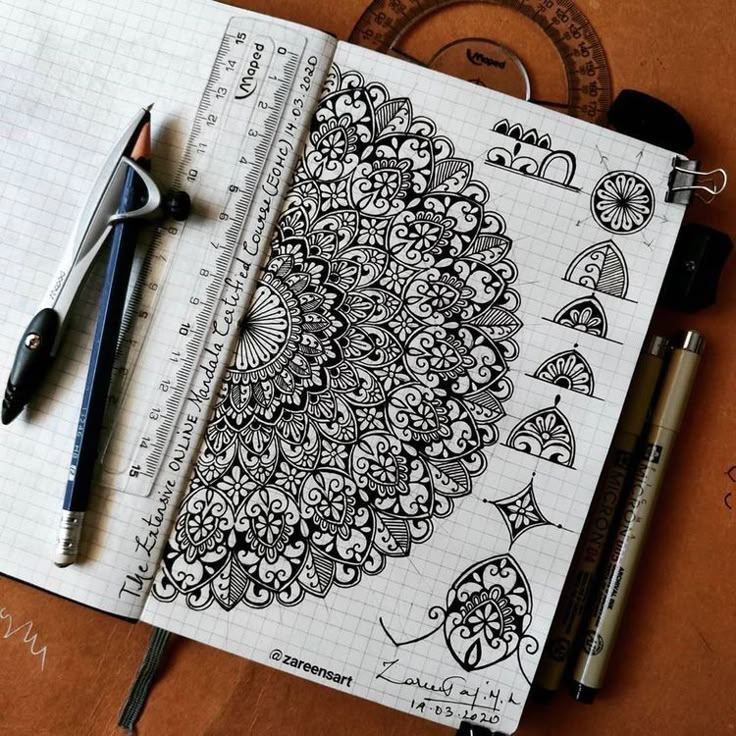
Patterns can be simple, repeating shapes or lines that fill a page. This kind of drawing helps with focusing on design and rhythm rather than complicated drawing skills. Beginners can try dots, stripes, triangles, or wavy lines to build their own patterns.
Creating patterns allows for quick sketching and creative freedom. Using a few shapes in different sizes or colors can add variety without being hard to draw. Pattern exploration encourages experimenting with pencil pressure and stroke style while keeping the process fun and manageable.
Creative Techniques to Spark Inspiration
Simple techniques can make art journaling more exciting and help overcome blank page fear. Using different pens, mixing paints with ink, or adding paper pieces can add unique textures and details. These ideas encourage creativity by combining tools and materials in new ways.
Doodling with Colored Pens
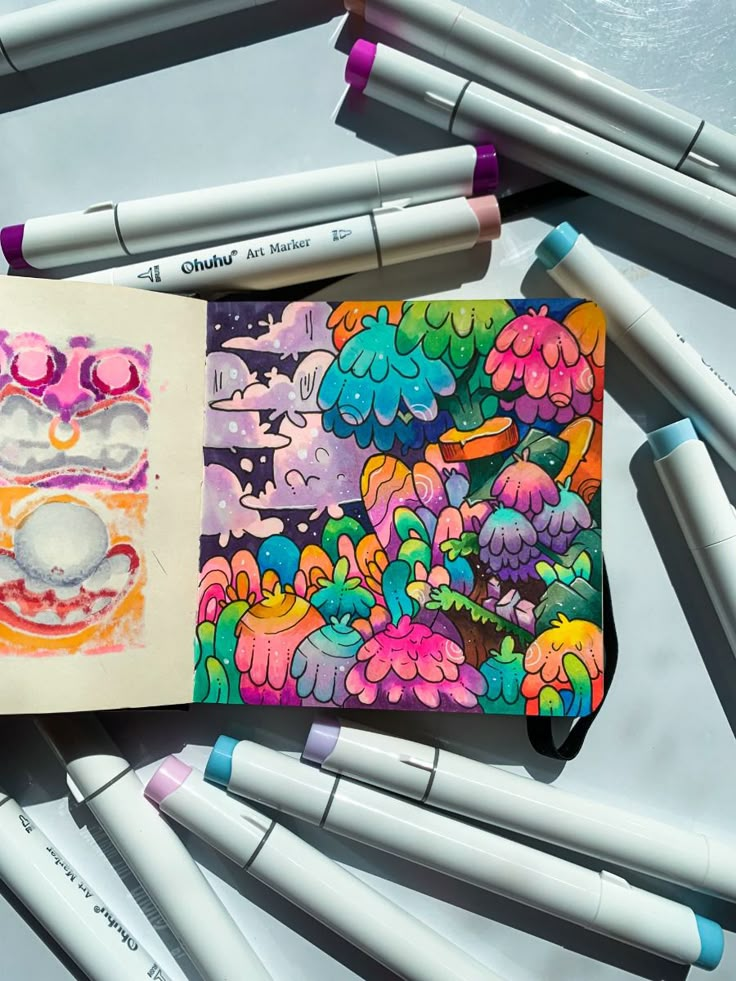
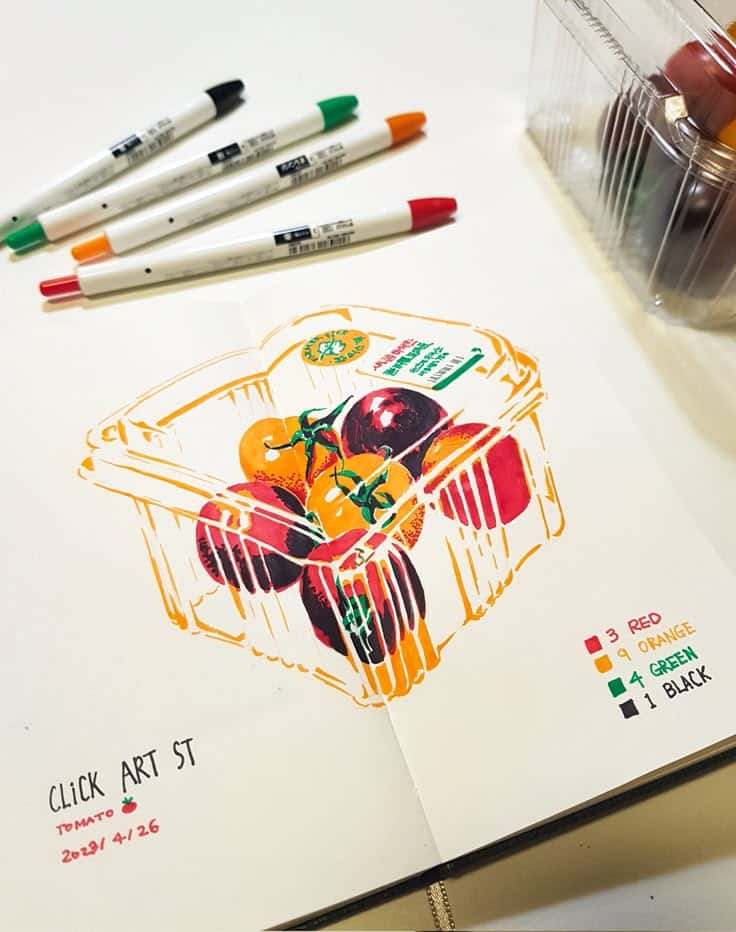
Doodling is a great way to start filling pages with fun shapes and patterns. Colored pens add life to simple lines and designs, making pages more vibrant without much effort.
Using fine-tip pens lets artists create detailed doodles like flowers, stars, or swirls. Bold markers can highlight specific areas or create colorful borders.
They can mix colors to make gradients or patterns stand out. Doodling daily also helps improve drawing skills and creativity over time.
Mixing Watercolor and Ink
Watercolor adds soft, flowing colors to an art journal page, while ink gives sharp, clear lines. Combining the two creates contrast and depth.
Artists can start by painting a light watercolor wash. Once dry, they use ink pens to add drawings or text on top. This method works well for nature subjects like leaves or animals.
Using waterproof ink is important so the lines don’t blur when paint is applied. Watercolor brushes with different sizes help add varied textures and effects.
Collage Art Incorporation
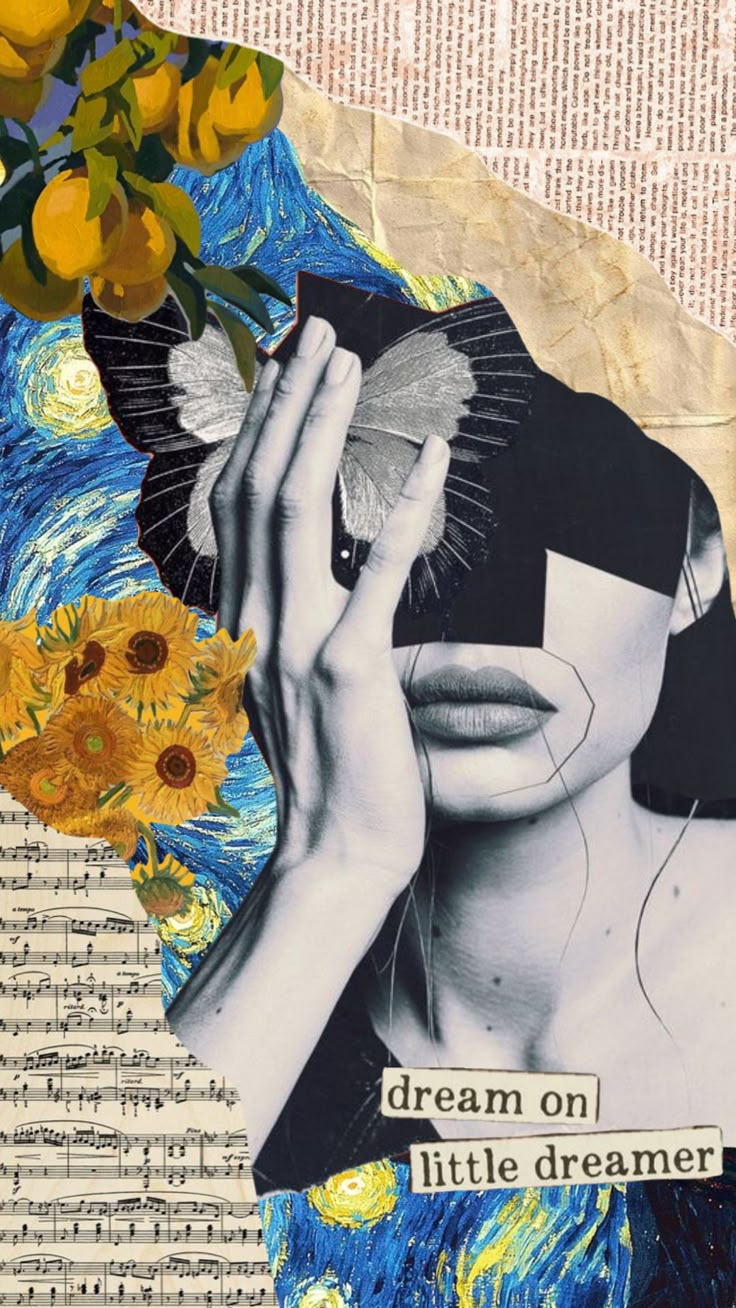

Collage art means adding cut-out images or paper to the journal page for extra texture and interest. It introduces new layers and stories to drawings and paintings.
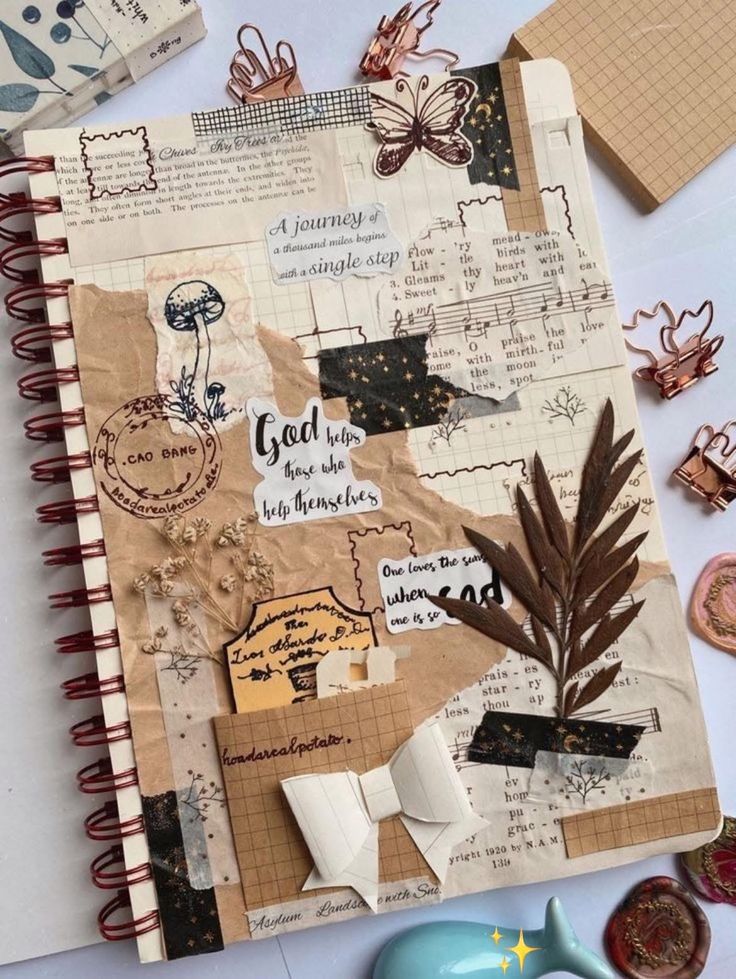
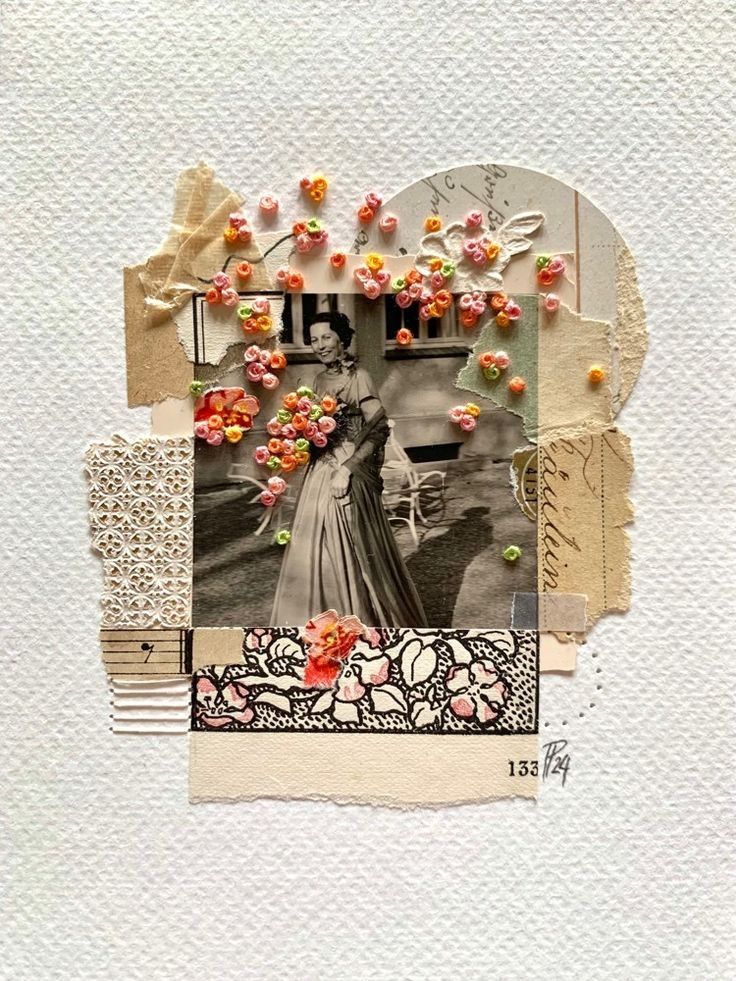
Scraps from magazines, old book pages, or fabric pieces can be glued to fill empty spaces. Combining collage with hand-drawn elements mixes different visual styles.
Using glue sticks or matte medium ensures pieces stay flat over time. Collage provides a quick way to add color and pattern without needing advanced drawing skills.
Whimsical Themes for Daily Pages
Whimsical themes bring a playful and creative touch to daily art journal pages. Using simple and imaginative ideas helps keep the pages fresh and fun without needing advanced skills. The themes can include elements inspired by nature, mindful patterns, or freeform shapes.
Seasonal Illustrations
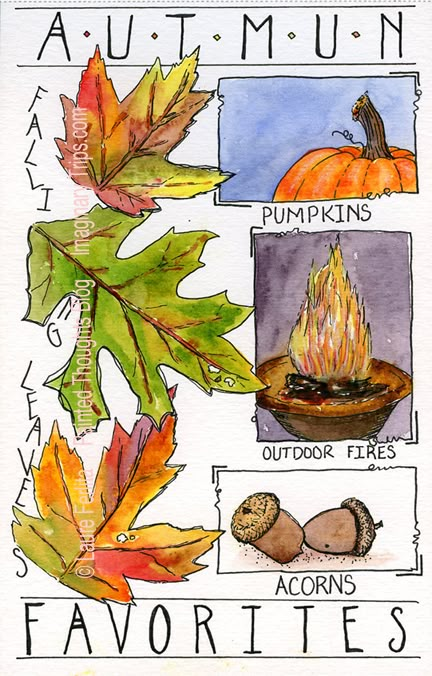
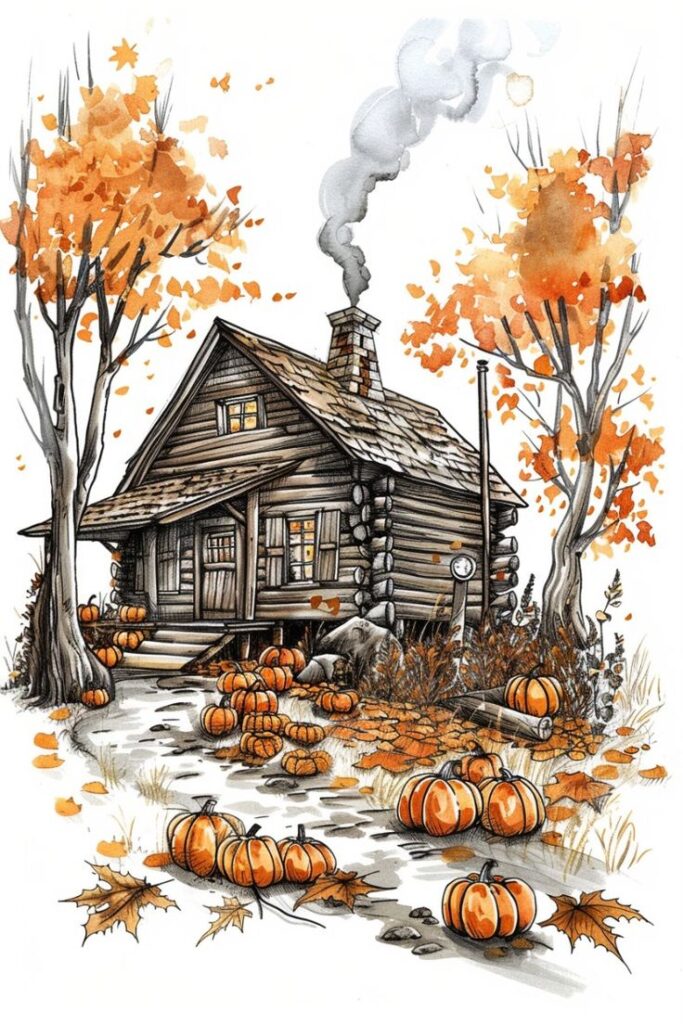
Seasonal illustrations add charm by reflecting the time of year. Drawing small icons like falling leaves, snowflakes, blooming flowers, or beach scenes can capture the mood of each season. These simple images work well as page borders, bullet points, or small accents.
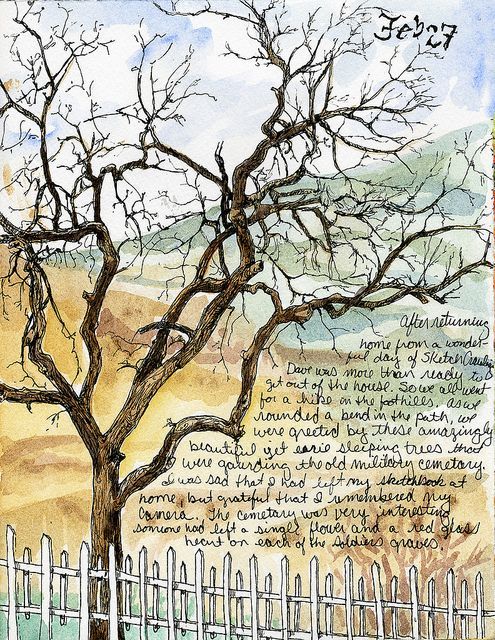
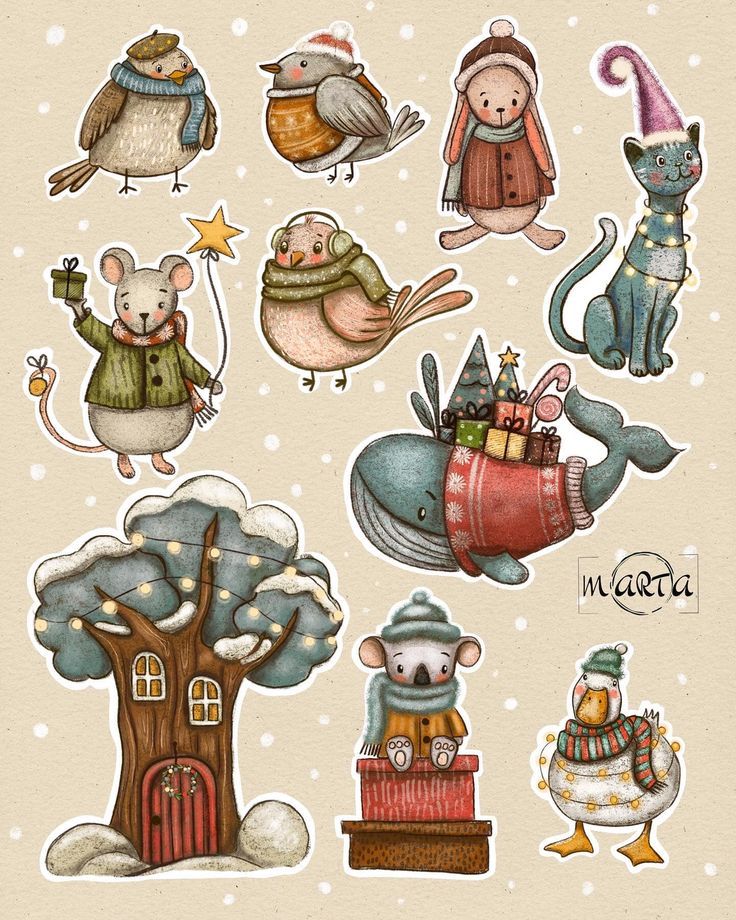
Using seasonal colors enhances the theme — warm reds and oranges for autumn or cool blues and whites for winter, for example. These quick sketches don’t need to be detailed. Even minimal outlines evoke the feeling of the season and bring personality to daily entries.
Mindful Mandalas
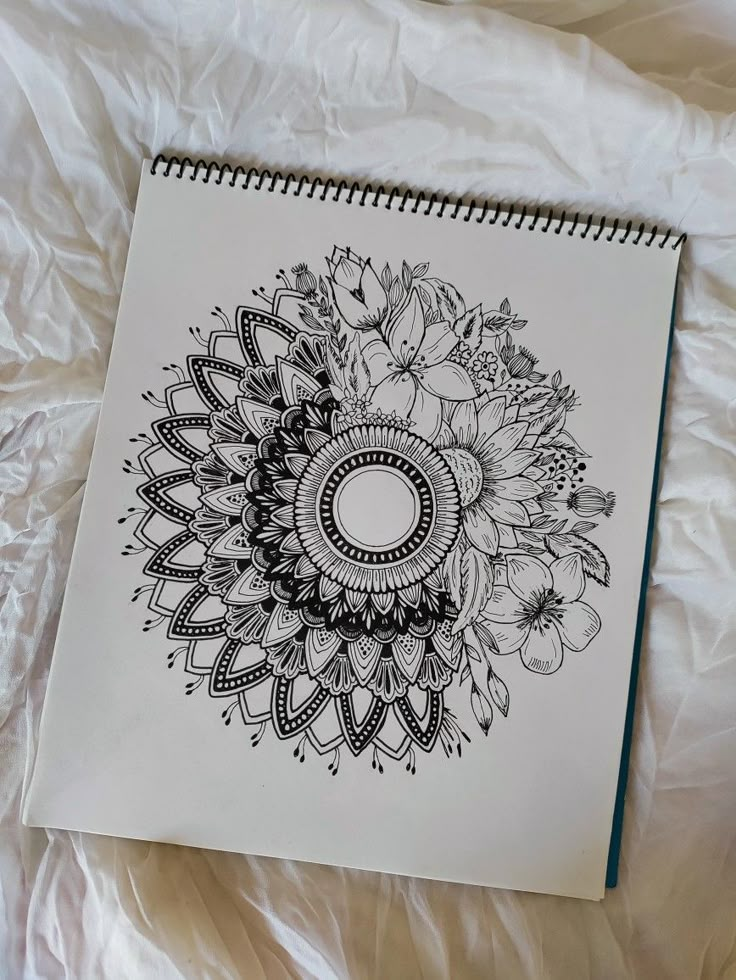
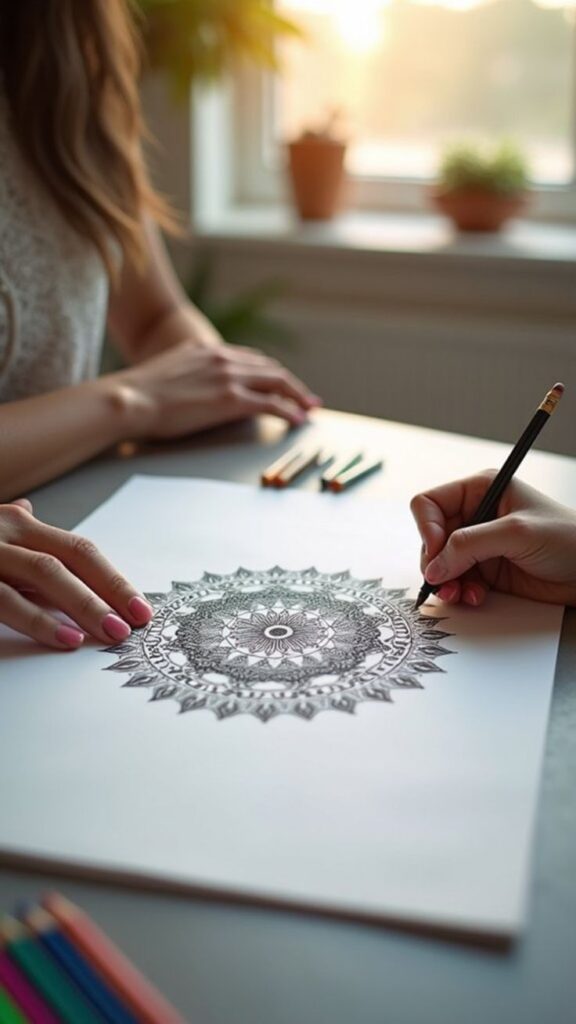
Mindful mandalas are circular designs made up of repeated shapes and patterns. They help focus the mind and offer a calming drawing activity. Simple mandalas can start with a dot in the center and layers of petals, lines, or circles radiating outward.
They are easy to customize with different shapes or colors to suit one’s mood. Adding mandalas to daily pages can make the page look organized while inviting relaxation. Drawing them regularly also builds steady hand control and artistic rhythm.
Abstract Shapes and Lines
Abstract shapes and lines provide a way to decorate pages freely without worrying about realism. Drawing wavy lines, geometric shapes, or random doodles fills empty spaces and adds interest.
These drawings often use patterns like dots, stripes, or crosshatching inside shapes. Abstract designs encourage imagination and let artists experiment with color combinations. They work well as backgrounds or borders around text and photos, keeping the journal lively and unique.
- 1.2Kshares
- Facebook0
- Pinterest1.2K
- Twitter0
- Reddit0
